Find Help
More Items From Ergsy search
-
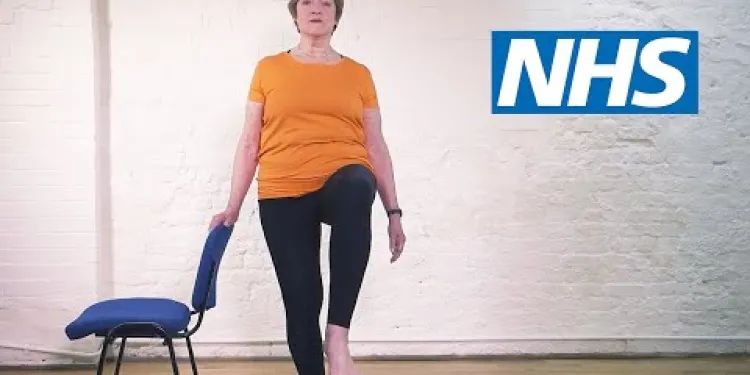
Pilates for back pain: Standing on one leg | NHS
Relevance: 100%
-

Pilates for back pain: Seated waist twist | NHS
Relevance: 52%
-

Pilates for back pain: Seated waist twist | NHS
Relevance: 50%
-

How to treat back pain | NHS
Relevance: 38%
-

Mechanical Lower Back Pain
Relevance: 38%
-

Can I do Pilates while pregnant?
Relevance: 37%
-
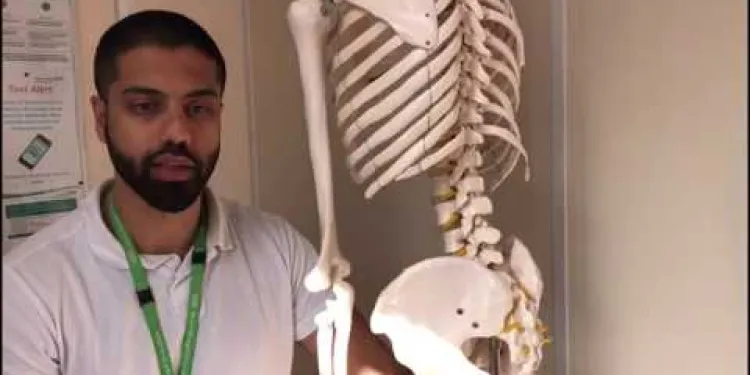
MSK Lower Back Pain information video
Relevance: 36%
-

Useful information for patients with lower back pain
Relevance: 35%
-

Pilates for Arthritis | NHS
Relevance: 32%
-

Useful information for patients with lower back pain
Relevance: 31%
-

How do chiropractors treat back pain?
Relevance: 31%
-
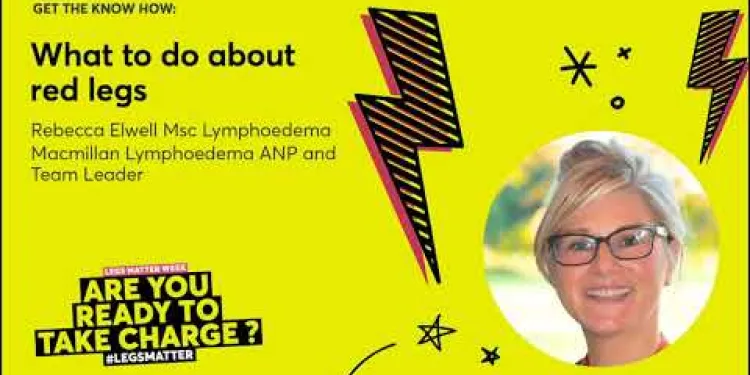
What to do about red legs
Relevance: 29%
-

Back stretches | NHS
Relevance: 28%
-
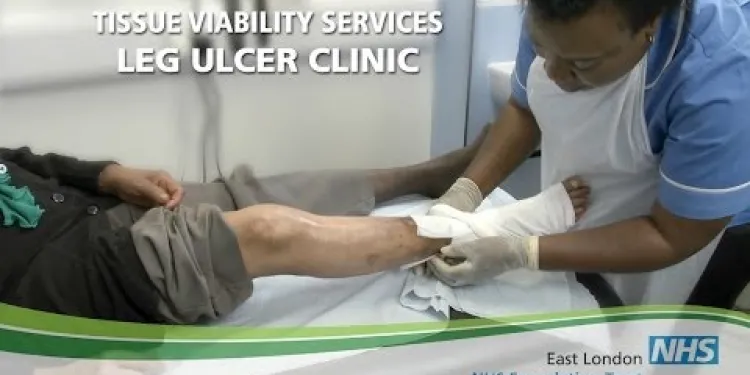
Leg ulcer see Venous leg ulcer
Relevance: 28%
-
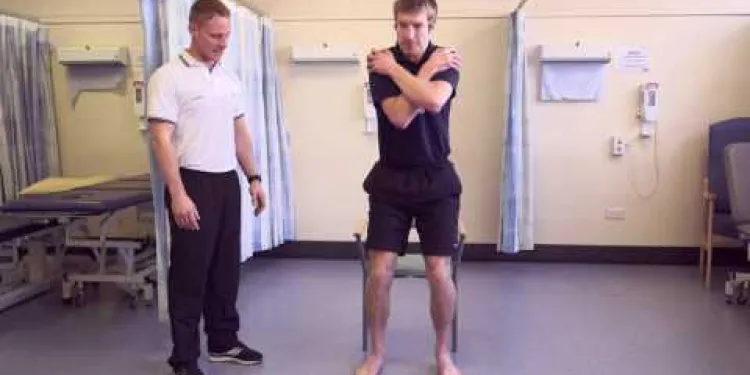
Exercises to help your lateral hip pain
Relevance: 28%
-
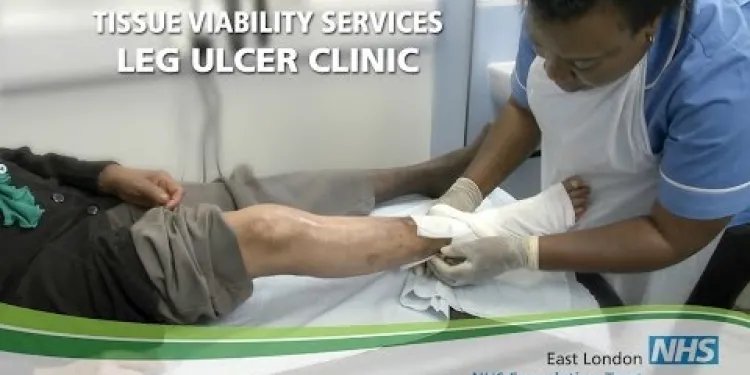
Leg Ulcers
Relevance: 27%
-

Leg amputation and life afterwards
Relevance: 26%
-

Evidence-Based Interventions: injections for non-specific low back pain without sciatica
Relevance: 25%
-

Should I avoid lying on my back during exercise?
Relevance: 23%
-
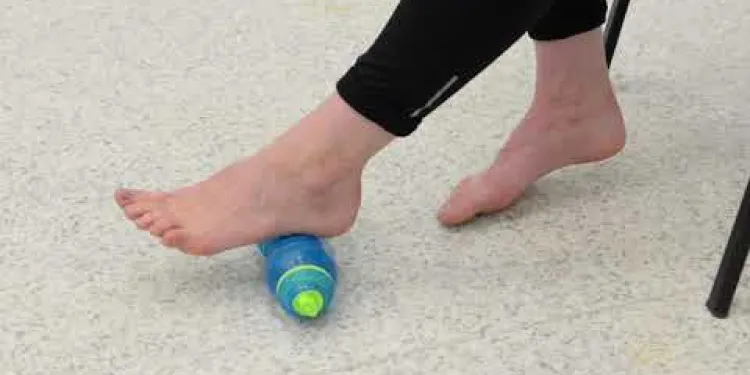
Foot Pain
Relevance: 22%
-

What does SEND stand for?
Relevance: 21%
-

What does SPF stand for?
Relevance: 21%
-

What does GLP-1 stand for?
Relevance: 19%
-
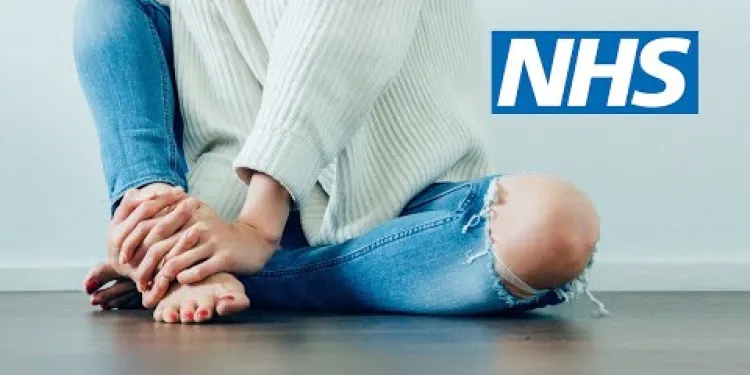
Heel pain | NHS
Relevance: 19%
-
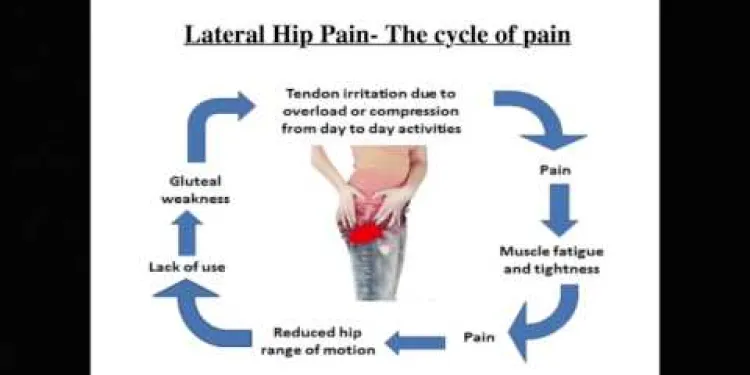
Advice - How to manage your lateral hip pain
Relevance: 19%
-

What exercises can I do during pregnancy?
Relevance: 19%
-
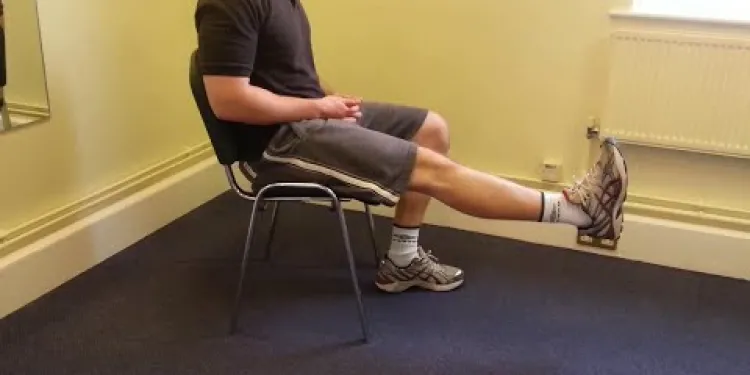
Knee Care Exercises
Relevance: 18%
-

What are the symptoms of deep vein thrombosis (DVT)?
Relevance: 18%
-
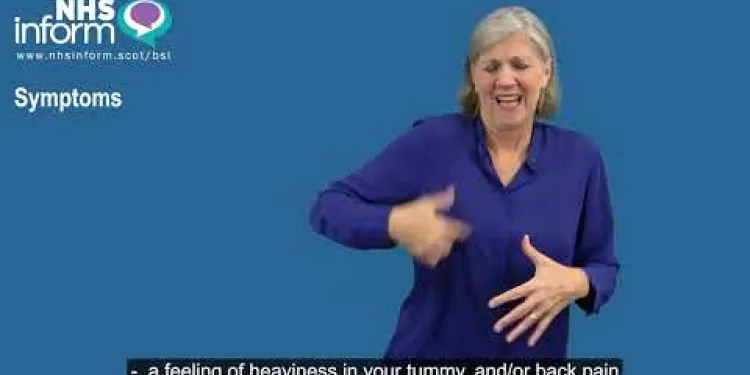
Period pain (dysmenorrhoea) - BSL
Relevance: 17%
-

ACL exercises post-operation
Relevance: 17%
-

Are chiropractic treatments painful?
Relevance: 17%
-

Is a mammogram painful?
Relevance: 17%
-
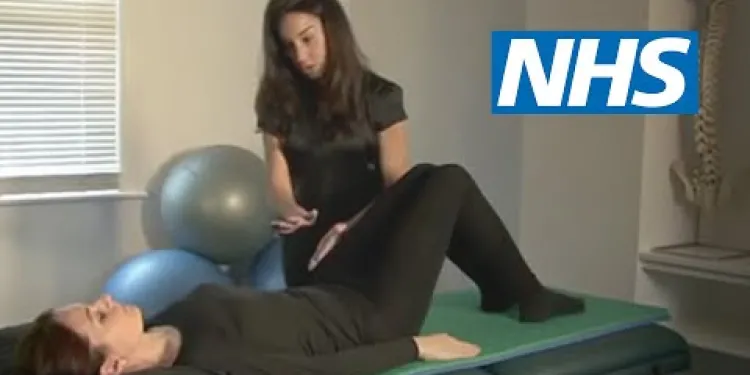
Exercises for sciatica: degenerative disc disease | NHS
Relevance: 17%
-

Are there any fees to claim money back?
Relevance: 16%
-
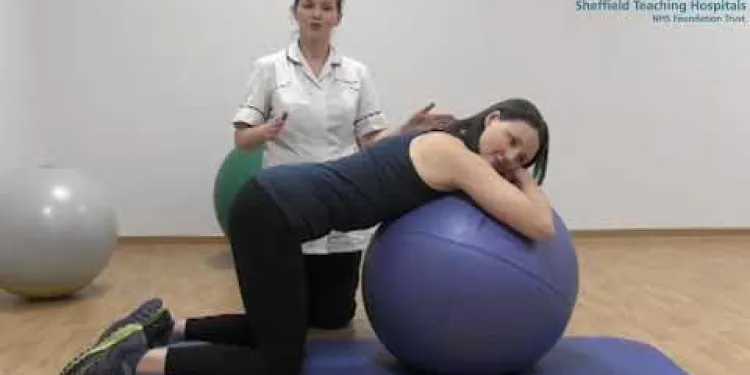
Mat and gym ball exercises with pregnancy related Pelvic Girdle Pain
Relevance: 16%
-

How to deal with period pain | NHS
Relevance: 16%
-

Is impetigo painful?
Relevance: 16%
-

Exercises for sciatica: piriformis syndrome | NHS
Relevance: 15%
-
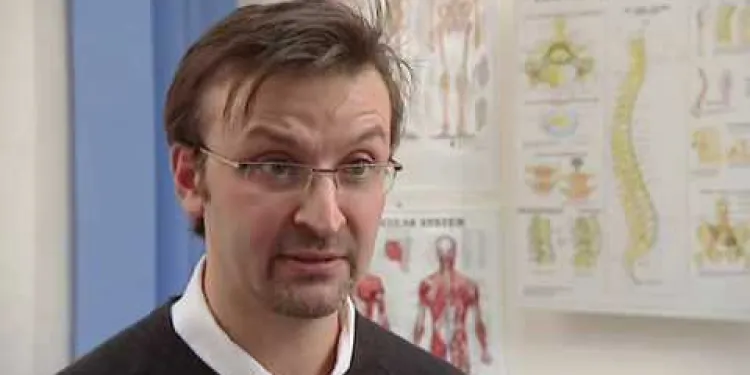
Advice on neck pain and whiplash
Relevance: 15%
-

How to deal with period pain | NHS
Relevance: 15%
Pilates for Back Pain: Standing on One Leg
Introduction to Pilates and Back Pain
Pilates is a form of low-impact exercise that aims to strengthen muscles while improving postural alignment and flexibility. It is particularly beneficial for individuals suffering from back pain. According to the NHS, incorporating Pilates into your routine can help alleviate discomfort by enhancing core strength and improving overall body balance.
Benefits of Standing on One Leg in Pilates
One of the fundamental Pilates exercises for back pain is standing on one leg. This exercise focuses on balance and core stability, which are crucial for supporting the spine and reducing pain. When you stand on one leg, you engage the deep stabilising muscles of the trunk, pelvis, and hip, promoting better posture and alignment.
How to Perform the Exercise
To perform this exercise safely and effectively, follow these steps:
- Begin by standing tall with your feet hip-width apart and arms relaxed by your sides.
- Shift your weight onto one leg, maintaining a soft bend in the supporting knee to avoid locking it.
- Engage your core muscles, keeping your hips level as you lift the other foot off the ground, bending the knee slightly.
- Hold this position for 10-20 seconds, focusing on maintaining balance and breathing steadily.
- Slowly lower the lifted foot back to the ground and repeat on the other side.
Precautions and Tips
When practising this exercise, it is important to ensure you are on a stable surface to prevent falls. Beginners may find it helpful to perform this near a wall or sturdy chair for support. If you experience any discomfort or increased pain, stop the exercise, and consult with a healthcare professional. The NHS also recommends beginning with shorter hold times and gradually increasing as your stability improves.
Conclusion
Incorporating exercises like standing on one leg into your regular Pilates practice can significantly aid in managing and alleviating back pain. By improving balance, strengthening core muscles, and enhancing posture, you can support your spine more effectively and reduce discomfort. For personalised advice and routines, consider consulting with a Pilates instructor or physiotherapist.
Pilates for Back Pain: Standing on One Leg
What is Pilates?
Pilates is a type of exercise that is safe and gentle. It helps build strong muscles. It also helps you stand up straight and move your body better. Pilates can help people who have back pain. The NHS says doing Pilates can make your tummy muscles stronger and help balance your body. This can make your back feel better.
Why Stand on One Leg?
One fun Pilates exercise is standing on one leg. This helps you to balance better and makes the muscles around your tummy tight. This is good for your back. Standing on one leg helps the muscles in your tummy, hips, and bottom to work. This makes your posture better and stops pain.
How to Do the Exercise
Here is how you can do the exercise safely:
- Stand up straight with your feet apart, like the width of your hips. Let your arms hang at your sides.
- Move your weight onto one leg. Keep the knee bent a little bit so it is not too straight.
- Tighten your tummy muscles. Keep your hips level as you lift your other foot off the ground. Bend your knee a bit.
- Try to hold this pose for 10-20 seconds. Focus on balancing and breathing slowly.
- Put your lifted foot back down slowly. Then do the same exercise on the other leg.
Be Careful and Tips
Make sure you do this exercise on a flat floor so you do not fall. If this is hard, try doing it next to a wall or a strong chair for help. If your back hurts more when you do this, stop the exercise and ask a doctor for advice. The NHS says start with a short time first and do more as you get better at balancing.
Why This Helps
Doing exercises like standing on one leg can help make your back pain better. It improves balance, makes your tummy muscles stronger, and helps you stand up nice and tall. This supports your back and helps with pain. You can ask a Pilates teacher or a physiotherapist for more personal tips and exercises.
Frequently Asked Questions
What is the purpose of Pilates for back pain?
Pilates can help to strengthen the muscles supporting your back, improve your posture, and increase flexibility, which may alleviate back pain.
Can Pilates exercises be performed by beginners?
Yes, Pilates exercises, including those for back pain, can be modified to suit all fitness levels, including beginners.
What is the benefit of standing on one leg in Pilates?
Standing on one leg helps to improve your balance and stability, which can enhance core strength and support better posture.
How often should I do Pilates to see improvements in my back pain?
It's typically recommended to do Pilates exercises 2-3 times per week to see noticeable improvements in back pain and overall core strength.
Is it safe to do Pilates if I have a severe back injury?
If you have a severe back injury, it's important to consult with your GP or a physiotherapist before starting Pilates exercises.
Do I need any special equipment for Pilates exercises for back pain?
Most Pilates exercises for back pain require little to no equipment, although a mat can provide comfort during floor exercises.
Can Pilates help with chronic back pain?
Yes, regular Pilates practice can help manage and potentially reduce chronic back pain by strengthening muscles and improving spinal alignment.
How does Pilates improve posture?
Pilates focuses on core strength and alignment, encouraging proper posture through exercises that stabilize and balance the spine.
Are there specific Pilates exercises recommended for back pain?
Yes, exercises such as the pelvic tilt, spine stretch, and bridging are commonly recommended to help alleviate back pain.
Is it normal to feel sore after doing Pilates for back pain?
Some muscle soreness can be normal after starting a new exercise routine, but if you experience sharp or severe pain, you should stop and consult a healthcare professional.
How quickly can I expect to see results from Pilates for back pain?
Results can vary, but many people start to see and feel improvements within a few weeks of consistent practice.
Can Pilates exercises be included in my daily routine?
Yes, many Pilates exercises are low-impact and can be safely incorporated into a daily routine.
Should I warm up before doing Pilates exercises for back pain?
Yes, a gentle warm-up can help prepare your body for exercise and reduce the risk of injury.
What is the role of breathing in Pilates exercises?
Proper breathing techniques in Pilates help to engage the core muscles and can enhance the effectiveness of the exercises.
Can Pilates be combined with other forms of exercise?
Yes, Pilates can complement other forms of exercise such as walking, swimming, or yoga, creating a balanced fitness routine.
Why do people do Pilates for back pain?
Pilates is a type of exercise. It helps people have stronger muscles. Strong muscles can support your back better. This might make your back hurt less.
Here are some tips to help you:
- Start slow and easy.
- Ask for help if you need it.
- Watch videos to see how to do it right.
- Talk to a doctor before starting new exercises.
Pilates is a type of exercise that can make the muscles around your back stronger. It can help you sit or stand up straight and make your body more bendy. This might help your back feel better if it hurts.
Can people new to Pilates do the exercises?
Yes, people who are just starting can do Pilates. Pilates has many easy exercises for beginners.
Here are some tips for beginners:
- Start with simple exercises.
- Watch video guides to help you learn.
- Practice regularly to get better.
- Ask a teacher if you need help.
Remember to take your time and go slowly. You will get better with practice!
Yes, you can change Pilates exercises, even the ones for back pain, so everyone can do them, even if you are just starting.
Why is standing on one leg in Pilates good for you?
Standing on one leg in Pilates helps you in many ways:
- Balance: It makes your balance better. This means you can stand without falling.
- Strength: It makes your legs stronger. Strong legs help you in walking and running.
- Focus: It helps you concentrate. You learn to keep your mind on one thing at a time.
You can use a mirror to see how you stand. This helps you do it right. You can also ask a friend to help you balance.
Standing on one leg can help you stay steady and strong. It makes your muscles stronger and helps you stand up straight.
How many times should I do Pilates to help my back feel better?
Pilates can help with back pain, but how often should you do it to feel better? Here are some tips:
- Start slow: Try to do Pilates 2 or 3 times a week.
- Listen to your body: If your back feels sore, take a break and rest.
- Ask for help: A Pilates teacher can show you the right moves.
Use videos or classes to learn more and practice safely. Remember, it's important to go at your own pace.
It is good to do Pilates exercises 2 to 3 times every week. This helps make your back feel better and makes your tummy muscles strong.
Can I do Pilates if my back is very hurt?
If your back is very hurt, it is important to be careful. Here are some steps you can take:
- Talk to your doctor before starting Pilates. They can tell you what is safe.
- Find a teacher who knows a lot about helping people with injuries. They can help you do exercises that are good for your back.
- Go slow and listen to your body. If something hurts, stop and tell your teacher.
It is always important to keep your back safe. Try using videos or apps that show how to do Pilates exercises safely. Always ask for help if you need it.
If your back is badly hurt, talk to your doctor or a physiotherapist before trying Pilates exercises. They can help you stay safe.
Do I need any special tools for Pilates for back pain?
Pilates can help with back pain. You usually do not need special tools. Here are some things that might help:
- Mat: A mat is soft and cozy. It makes exercises more comfy.
- Small Ball: A small ball is easy to hold. It gives support for some moves.
- Support Band: Support bands can stretch. They help with exercises.
Ask an adult or teacher to help you. They can show you good ways to do exercises.
Many Pilates exercises for back pain don't need any special equipment. But, a soft mat can make it more comfy for exercises on the floor.
Can Pilates Help with Long-Lasting Back Pain?
Pilates is an exercise that helps you move and stretch your body. It can make your muscles stronger and more flexible.
People with long-lasting back pain might feel better by doing Pilates. This is because it can help make their back muscles stronger. When your muscles are strong, they can support your back better.
If you have back pain, talk to a doctor before starting Pilates. A doctor can tell you if it is safe for you. You can also work with a teacher who knows a lot about Pilates. They can show you how to do the exercises in a safe way.
Watching videos or using pictures can help you learn Pilates exercises. Doing these exercises slowly and carefully is important.
Doing Pilates often can help with back pain. It makes your muscles stronger and helps your back stay straight.
How does Pilates help you stand and sit better?
Pilates can help make your body stronger. It can also help you stand and sit up straight. Here is how Pilates can help:
- Strong Muscles: Pilates makes your belly, back, and hips strong. Strong muscles help you stand and sit up straight.
- Stretching: Pilates has stretches that help make your body flexible. This helps you move easily.
- Balance: Pilates helps you balance. This is important for standing and sitting well.
Would you like some help to do Pilates? Here are some tools that might be useful:
- Videos: Watch simple videos to learn Pilates moves.
- Classes: Join a class where someone can show you how to do Pilates.
- App: Use an app with easy Pilates exercises.
Try Pilates to help your posture feel better and stronger!
Pilates helps make your tummy and back strong. It helps you stand up straight. It uses exercises that keep your back stable and balanced.
What Pilates moves can help if my back hurts?
If your back hurts, some Pilates moves might make it feel better. These moves are easy and gentle.
To learn these moves, you can:
- Ask a teacher who knows Pilates to help you.
- Find videos that show easy Pilates moves for your back.
Always ask a doctor or a nurse before you start.
Yes, there are exercises that can help if your back hurts. Some good ones are the pelvic tilt, spine stretch, and bridging exercises.
You can use apps or videos to show you how to do them. It’s also good to ask someone to help or to practice with you.
Is it okay for my back to hurt after doing Pilates?
It's normal to feel a little sore after doing Pilates. Soreness means your muscles are getting stronger. Try doing gentle stretches. If the pain is too much, talk to a doctor.
It is okay for your muscles to feel a bit sore when you try new exercises. But if you feel very bad pain, or if it feels really sharp, stop right away. Talk to a doctor or nurse to get help.
When will I feel better doing Pilates for my back?
Pilates can help your back feel better.
If you do Pilates, you might feel better after a few weeks.
Everyone is different, so you might feel better faster or it might take a little longer.
To help you, try to do Pilates a few times every week.
Ask for help if you need it.
Results can be different for everyone. But many people start to see and feel better after practicing regularly for a few weeks.
Can I do Pilates exercises every day?
Yes, you can do Pilates exercises every day!
Pilates is good for your body.
It can help make you strong and feel good.
Start with a few easy exercises.
Ask a teacher or use an app to help you.
Yes, many Pilates exercises are gentle on your body. You can do them safely every day.
Do I need to get ready before doing Pilates for back pain?
Yes, it's good to warm up! Warming up helps your body get ready to move. It makes your muscles less tight. You can do simple stretches or walk in place for a few minutes. You can also try using a warm towel on your back. This can be helpful to start.
If you want more help, you can use pictures or videos to show you how to warm up. A friend or teacher can help too.
Yes, doing a gentle warm-up can get your body ready for exercise. It can help keep you from getting hurt.
Why is breathing important in Pilates exercises?
Breathing helps you do Pilates exercises better. It gives your body energy and helps you stay calm. Breathing the right way can make your muscles stronger and help you move smoothly.
Here are some tips to help with breathing:
- Take deep breaths in through your nose.
- Breathe out through your mouth slowly.
- Practice breathing while doing easy exercises.
There are videos and apps that can help you learn how to breathe well during exercises.
Breathing the right way in Pilates helps make your tummy muscles work better. This can make your exercises more helpful.
Can you do Pilates with other exercises?
Yes, you can do Pilates with other exercises. It is good to mix exercises to keep your body strong and healthy.
Here are some tips:
- Talk to a fitness coach about what exercises are best for you.
- Listen to your body and rest if you feel tired.
- Try to have a good balance of exercise and fun activities.
- Use videos or apps to help guide you through different exercises.
Pilates is a type of exercise. It can work well with other exercises like walking, swimming, or yoga. Doing different kinds of exercises helps you stay fit and healthy.
If you find reading hard, you can try these tips to help:
- Ask someone to read with you.
- Use bookmarks or your finger to keep track of words.
- Take breaks if you feel tired.
- Use audiobooks or recordings if they're available.
Useful Links
- Ergsy carfully checks the information in the videos we provide here.
- Videos shown by Youtube after a video has completed, have NOT been reviewed by ERGSY.
- To view, click the arrow in centre of video.
- Most of the videos you find here will have subtitles and/or closed captions available.
- You may need to turn these on, and choose your preferred language.
- Go to the video you'd like to watch.
- If closed captions (CC) are available, settings will be visible on the bottom right of the video player.
- To turn on Captions, click settings .
- To turn off Captions, click settings again.
More Items From Ergsy search
-

Pilates for back pain: Standing on one leg | NHS
Relevance: 100%
-

Pilates for back pain: Seated waist twist | NHS
Relevance: 52%
-

Pilates for back pain: Seated waist twist | NHS
Relevance: 50%
-

How to treat back pain | NHS
Relevance: 38%
-

Mechanical Lower Back Pain
Relevance: 38%
-

Can I do Pilates while pregnant?
Relevance: 37%
-

MSK Lower Back Pain information video
Relevance: 36%
-

Useful information for patients with lower back pain
Relevance: 35%
-

Pilates for Arthritis | NHS
Relevance: 32%
-

Useful information for patients with lower back pain
Relevance: 31%
-

How do chiropractors treat back pain?
Relevance: 31%
-

What to do about red legs
Relevance: 29%
-

Back stretches | NHS
Relevance: 28%
-

Leg ulcer see Venous leg ulcer
Relevance: 28%
-

Exercises to help your lateral hip pain
Relevance: 28%
-

Leg Ulcers
Relevance: 27%
-

Leg amputation and life afterwards
Relevance: 26%
-

Evidence-Based Interventions: injections for non-specific low back pain without sciatica
Relevance: 25%
-

Should I avoid lying on my back during exercise?
Relevance: 23%
-

Foot Pain
Relevance: 22%
-

What does SEND stand for?
Relevance: 21%
-

What does SPF stand for?
Relevance: 21%
-

What does GLP-1 stand for?
Relevance: 19%
-

Heel pain | NHS
Relevance: 19%
-

Advice - How to manage your lateral hip pain
Relevance: 19%
-

What exercises can I do during pregnancy?
Relevance: 19%
-

Knee Care Exercises
Relevance: 18%
-

What are the symptoms of deep vein thrombosis (DVT)?
Relevance: 18%
-

Period pain (dysmenorrhoea) - BSL
Relevance: 17%
-

ACL exercises post-operation
Relevance: 17%
-

Are chiropractic treatments painful?
Relevance: 17%
-

Is a mammogram painful?
Relevance: 17%
-

Exercises for sciatica: degenerative disc disease | NHS
Relevance: 17%
-

Are there any fees to claim money back?
Relevance: 16%
-

Mat and gym ball exercises with pregnancy related Pelvic Girdle Pain
Relevance: 16%
-

How to deal with period pain | NHS
Relevance: 16%
-

Is impetigo painful?
Relevance: 16%
-

Exercises for sciatica: piriformis syndrome | NHS
Relevance: 15%
-

Advice on neck pain and whiplash
Relevance: 15%
-

How to deal with period pain | NHS
Relevance: 15%


